When is it OK to take a photo? When is it not OK?
I ask myself these questions on every trip. More specific questions include:
Should you ask? Will asking someone permission ruin the candid nature of the photo? Is it OK to not ask? Is it OK to take photos of someone’s property? Of someone’s children? Is it OK to take pictures of poverty? When is it exploitative? Is it OK for me to be in the photo myself? If I got inspiration from a particular photo, is it OK for me to take a photo of the same spot? Is it OK for me to imitate a concept? Is it OK for me to take a photo of a remote, beautiful or environmentally fragile place and post it on my social media channels with a geotag?
I could keep going, but you get the point. There are endless questions you can ask yourself when it comes to the ethics of travel photography.
There are no hard and fast rules for ethics when it comes to taking pictures when you travel, but just because you bought a plane ticket doesn’t mean you bought the rights to photograph every person and thing you see on your trip. There is so much to consider when taking photos while traveling, no matter what your subject is.
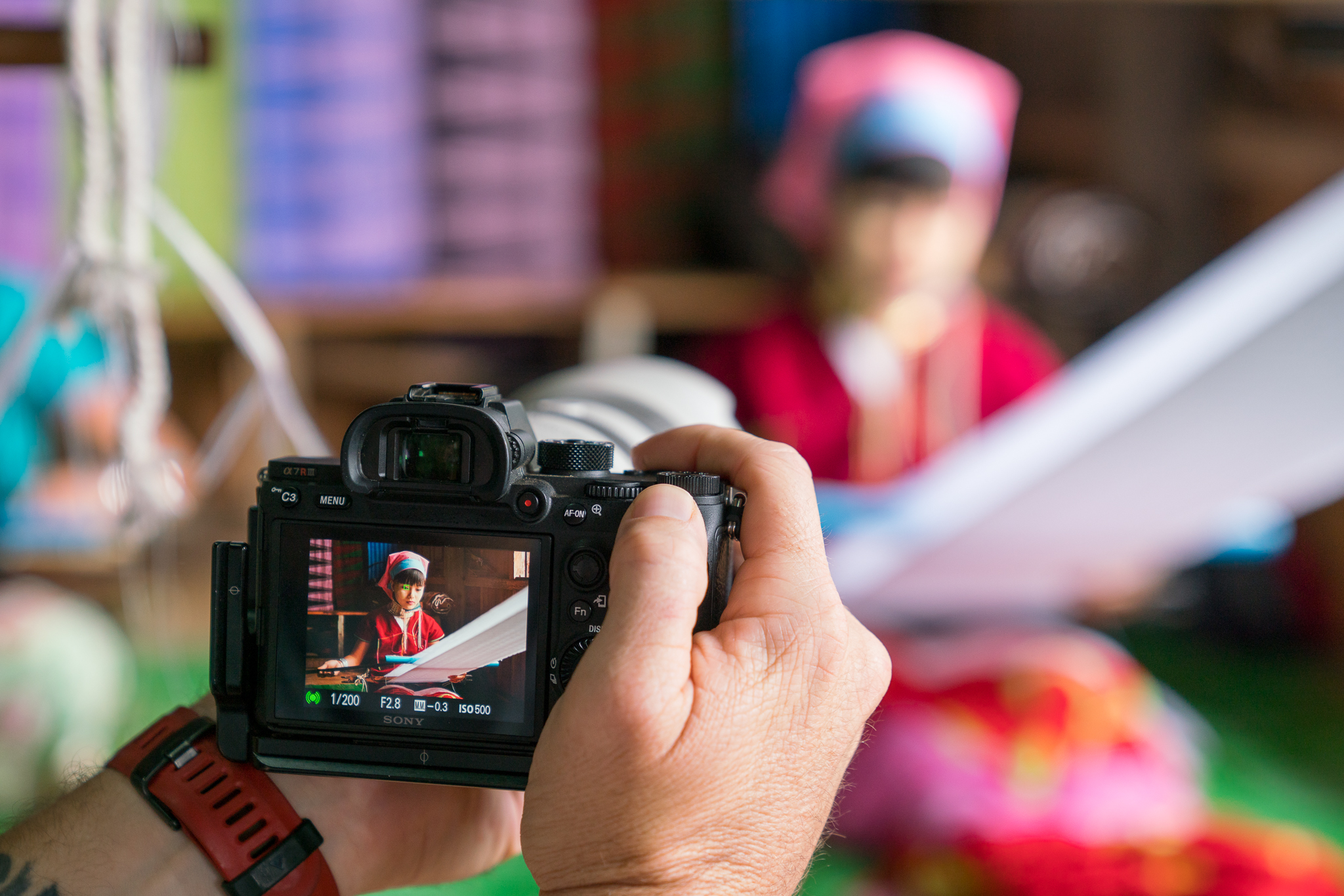
CONTEXT
As a traveler, you need to consider the context of your presence. Many lives have been and will be disrupted by tourism. Wherever you are, do the people actually want you to be there? Are you a welcomed visitor? This question is applicable for any situation you find yourself in with a camera. Be aware of the climate you are walking into (literally and figuratively), and understand that you are in someone else’s space, and that it is not a space you are inherently entitled to be in. Do not make yourself an intruder by acting entitled to anything, photos included.
Showing respect comes in many forms. Learn some of the language. Learn what kind of behavior is accepted, and do some research on what is found to be disrespectful in each place. Tune in to your intuition when it comes to feeling out a place or situation. Smile. Be considerate and pay attention to your surroundings.
Be careful about your language, before, during and after you travel. Many adventure photographers might describe the places they travel to as “unexplored”, “uncharted territory”, or “undiscovered”–– but these words invalidate the experience and history of indigenous groups who may have been living in the place for a very long time. I have certainly been guilty of using these words, and I am sure I’ll be checking myself on stuff like this forever. We need to remember that we are just guests passing through someone else’s home, and that should be greatly respected.
Something I think about often is the phrase “take a photo.” In many places Westerners travel, white Europeans have a violent and brutal history of taking things already: land, resources, and people. Knowing that you will be taking something away from your travels in the form of your experiences and images, ask yourself what you plan to give back. I am not necessarily talking about money or physical gifts, nor am I referring to temporary help in the form of voluntourism. I’m talking about being a net positive during your travels if at all possible, by thoroughly considering the context of every place you travel to and acting from the foundation of that knowledge.
PERMISSION
Should you ask permission to take someone’s photo? My answer to this question is yes, in a perfect world, you should. But do I always follow that rule? No, honestly I don’t.
Here’s an example: If I am shooting on a telephoto lens at a market and see a lady selling fruit and want to document that scene, I’d argue it is the right thing to do for me to walk over to her, ask if I can take her photo, then go back to my spot and get the photo once I have her permission. However, this might change her pose, or she might get confused at why I am going so far away, or the right moment may have passed by the time I go ask her and get back to the spot. So in these scenarios, I usually take the photo and ask for forgiveness afterward. In full honesty, sometimes I don’t ask for forgiveness. If they don’t notice me at all, sometimes I leave it at that. Some photographers would never do this. Some do this all the time. There are no clear rules.
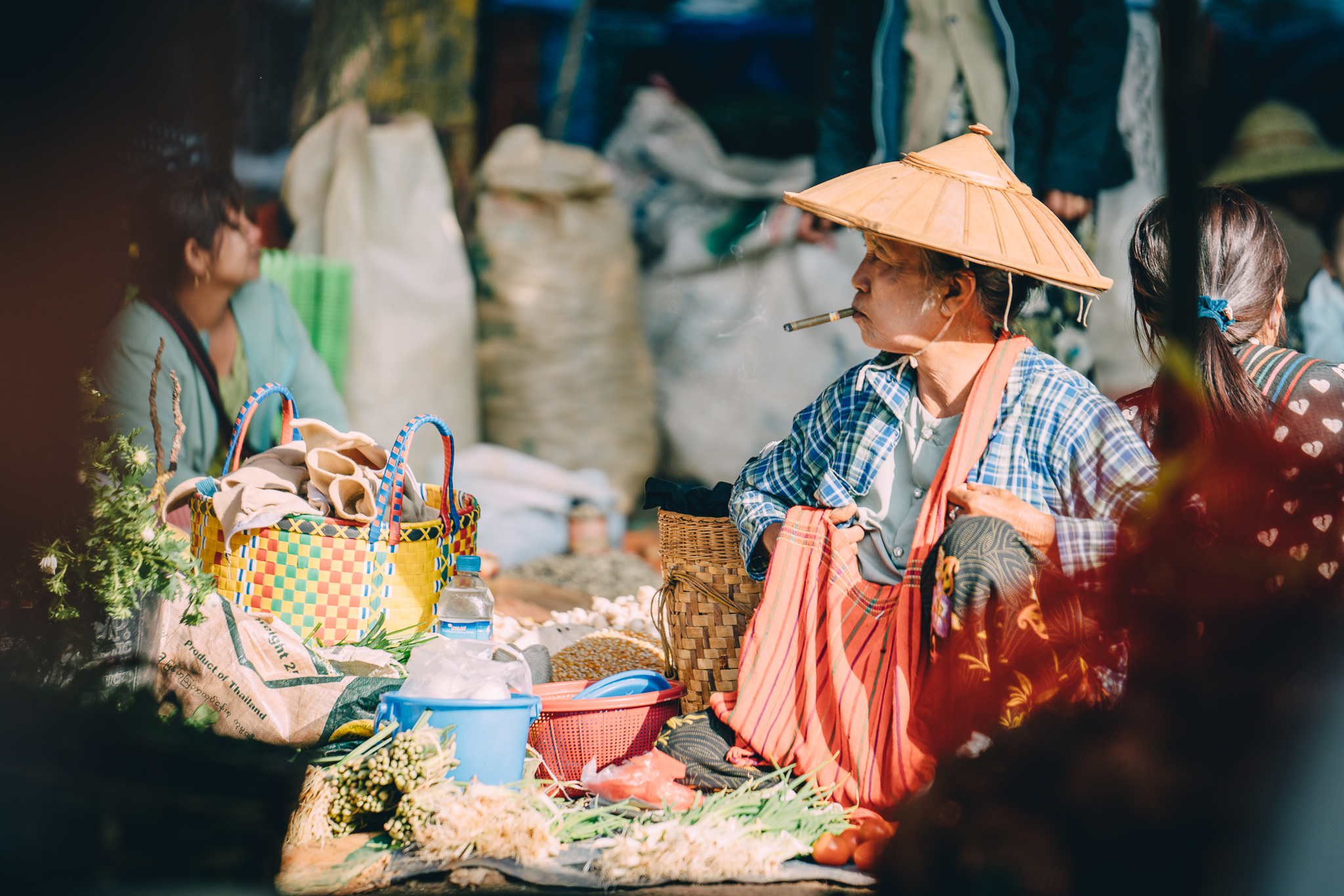
She never saw me. Is it wrong that I took this photo? Is it wrong that I am posting it here?
If you’re looking to photograph a candid moment, it’s not really possible to find out if someone is OK with it until after the fact. This is a decision and viewpoint every individual photographer has to develop for themselves. My personal opinion is that if I am generally welcome in the space (with my camera), not being obtrusive, and not exploiting someone or their property, I usually feel comfortable taking the photo.
If you do get someone’s attention, you can usually tell if they do or do not want their photo taken.
“It is always important to respect others boundaries. The other person always does something that tells me it is okay for me to take their photo. A smile goes a long way in street photography. If you show openness and just overall friendliness, it makes the other person somewhat comfortable if that makes sense. If they show any sign of aggression or “no photo!” I simply walk away respectfully.” –Travel & street photographer Paola Franqui, aka monaris
When I am interacting with someone, that interaction is more important to me than the photo I might get. Be more interested in the person than you are in the photo you might take of them. The photo is just a bonus.
I might say hello or sit down with someone if it doesn’t feel awkward. I might buy something from them if they are selling crafts. If they continue talking with me, I might point at my camera and ask if is is OK to take their photo. If they say yes, I will show them the photos after, and we might continue talking. I’ll stick around for a while if we are having a good time. And sometimes, the camera can be a conversation starter once you are acquainted–– sometimes people want to show their friends and have you take more photos of them. It all just depends on the situation.

My camera is in my bag. These kids were curious about me, so I went up to them taking cues from their moms to see if it was OK. The kids cautiously approached, and I got down on their level and showed my hands up to them, both to show that I intended no harm and to invent a game with them. My friend Corey took this photo, but not because I requested him to. I didn’t actually end up taking any photos of these kids or their moms, I just enjoyed the interaction and didn’t take my camera out.
People are not museum exhibits, so don’t treat them like they are. It’s so important to be open. Talk to people. Learn some of their language. Learn their name. Learn how to say it correctly. Sit with them if they welcome you to. Be willing to laugh at yourself. And consider doing all of this before reaching for your camera.
When it comes to photographing children, I personally very rarely will ever photograph a child without the explicit permission of their parent or guardian. Sometimes that permission is a nod or a smile. Consider what you’d do in your home country and go from there.
Sometimes when we travel, our excitement clouds our judgment and we do things we would never find appropriate at home. Take a moment and filter yourself. You want your photography to be an act of respect, not an act of exploitation. If it doesn’t feel right, it probably isn’t. If you look at a photo you took and it makes you feel uncomfortable, well, it probably feels that way for a reason.
For me personally, taking photos of people on my travels felt awkward at first. I learned what is and is not OK because I learned to form a relationship with the people I am photographing. When you form a relationship with someone, even if it is a brief interaction, you learn a bit of their story and you can tell relatively quickly if it is appropriate or not for you to document it.
INTENT
Why are you taking the photo? What is the story you want to tell? It helps to get clear on this.
As you know, travel photography does not exist for the photographer to brag about all the cool places they have gone, so if your reason has something to do with showing off your travels, I urge you to re-consider your intention. Most locals don’t care about being a part of your “authentic” travel experience. 😉 So if you are photographing another human being, ask yourself why. What are you hoping to convey with the images you are taking?

The reason I bring up this subject is that images are powerful, and storytelling is a skill. My hope is that photography does not contribute to the exploitation of (often poor) people around the world, but the fact is, I would not be writing this saga of a post if it did not carry that possibility.
Speaking for myself personally, I hope to communicate the beauty of a person, but not oversimplify their situation. I hope to show the complexity of their culture, not exotify it. I hope to make my viewers think deeper, not gloss over images of the planet they live on. I hope to show what is real and true, and never sugarcoat things for my own benefit or the comfort of my audience. And I always hope to preserve dignity.
What you intend to communicate is up to you as the artist. Make it a deliberate choice, then do everything you can to bring that intention to life.
COMPENSATION
Should you pay someone to take their photo? When would this kind of thing be appropriate? This can be a complex issue, and may or may not be appropriate depending on context and where in the world you are.
If you took a photo of the guy selling onions at a market, then buy a couple onions. Yeah, I know you probably have no use for onions, but it’s the right thing to do, in my opinion. If you took a photo of a woman selling bracelets she made, buy something. It is a pretty simple thing and creates a relationship with them besides just you taking their photo and leaving like many other tourists might.
In some areas of the world, posing for photos can be a way for people to make money. Recently I spent some time on Inle Lake in Myanmar, where many fishermen do not actually fish–– instead they pose in traditional outfits for tourist boats. Is this a good thing or a bad thing? On one hand, posing for tourists may be preferred work and/or easier physically, depending on the individual. On another hand, an income earned in this way is dependent on foreigners… often of the same race as the people who make decisions that harm the country/location in question. This is a rich and deep issue, and I don’t think there is a one-size-fits-all answer.
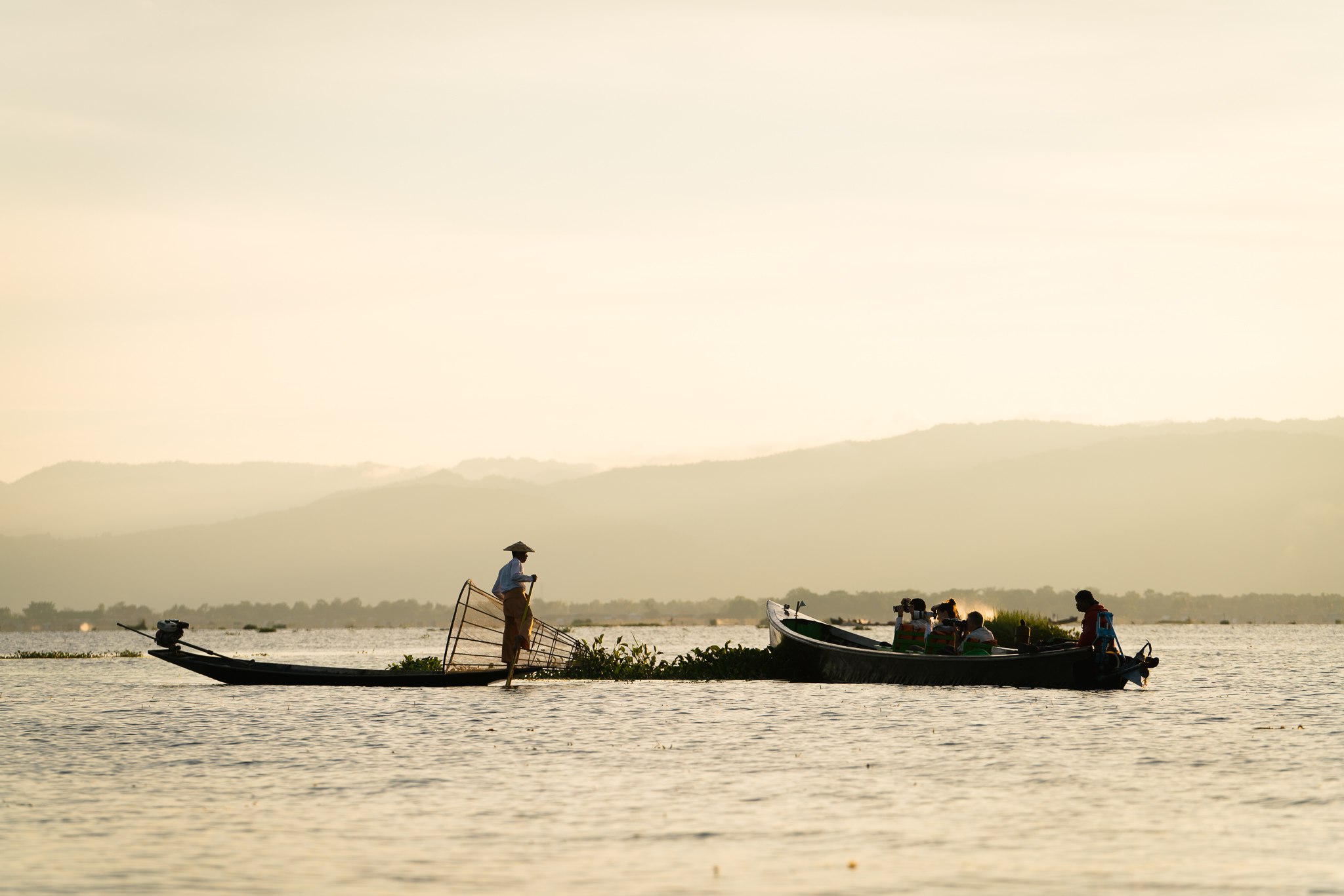
Another question: from a journalistic standpoint, if you pay someone to pose for you, is that photo really true and authentic? If it is set up, is it warping the fundamentals of photography? Is staging OK if done outside of the context of documentary-based work?
I hope that by asking yourself these questions, you can form your own opinion.
RESPECT
So far, a lot of what I talked about here has a lot to do with respecting people and culture, and I think that is obvious. But this can and should be stretched to more specific things–– as travelers, I believe we should be respecting rules, regulations, guidelines, laws, traditions, private property, privacy, and wildlife.
Just logistically speaking, not abiding by rules in certain countries could get you in trouble or even land you in jail. But in terms of basic empathic and considerate behavior, it’s important to think about whether or not it is appropriate to photograph certain things. Religious structures, sensitive ceremonies, and certain celebrations or traditions, for example. You are representing not only yourself, but foreigners as a whole, and your behavior (positive or negative) reflects on other visitors as well.
Within this topic is respecting Leave No Trace principles if you’re outside or camping, and abiding by regulations that prohibit drones in certain areas (US & Canadian National Parks, for example).
For wildlife photography, feeding animals is never OK in my opinion. I believe you should pay attention to an animal’s cues–– they will show you how they feel about your presence. If you are scaring or threatening them, their body language will tell you that.
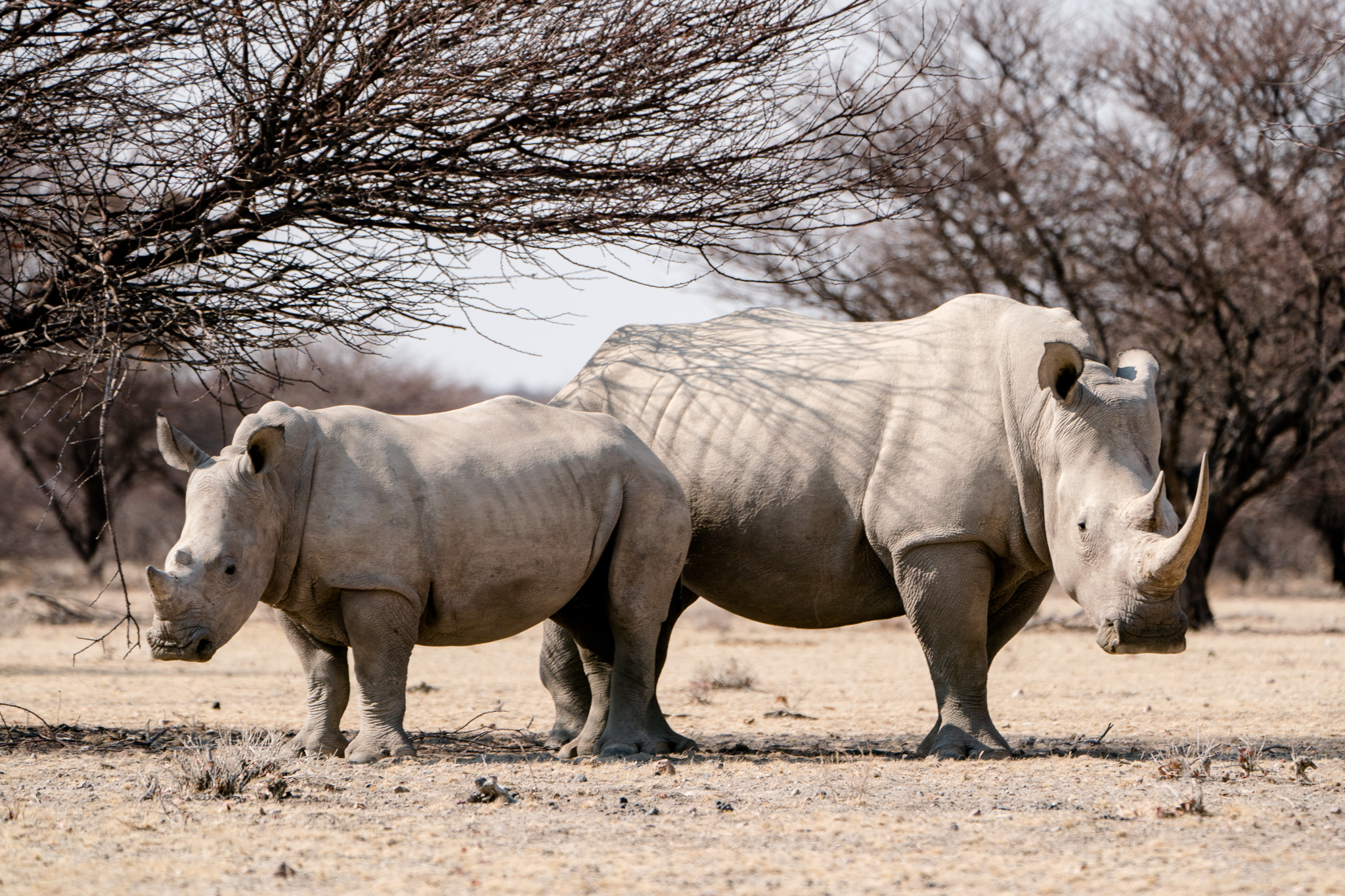
I shot this photo on foot, following our experienced guide. We were tracking these rhino, and it was clear that mom was protective over her baby. She did not notice us in this moment. I’m sure that if she did, she and the calf would have run away quickly. If we were visibly bothering her, I would not have felt comfortable taking this photo.
Sometimes, the respectful thing to do is to put your camera away.
VISITING A TRIBE
Because we are talking about travel photography, I think it is worth talking about tribal visits. Visiting with a tribe is something travelers might seek out to learn about a culture different than theirs and expand their travel experience. If you are visiting with a tribe, make sure you are doing it in a way that the tribal members have approved, and that your visit actually benefits them (read: you are paying them directly). I have heard stories and can certainly imagine that it is easy for tribal members to get ripped off here, so do the necessary research that your money is actually getting to them, and that it is not being pocketed by your tour guide or driver.
Tribal visits are one way for tribes (common in Africa, but also Asia) to make money, especially as the lasting impact of colonialism and climate change has drastically changed their way of life. Some tribal visits can be booked through tour companies, or you might try to get a word-of-mouth recommendation for a guide once you’re on the ground. Unfortunately, not all visits are positive experiences for the tribe, or for the visitor.
Being respectful does not come easily for all travelers. I watched a carload of tourists unload in a Thai hill-tribe village, distribute candy and whistles to the village kids along with flags from their home country, take photos like they were at a zoo, and take off again loudly in their 4×4’s. I asked a local woman I was sitting with what she thought of this. She said, “not so good.” I can’t even imagine what an understatement that must have been for her, and how ironic it was that she was saying it to a western tourist (me).

Even looking at this photo still makes me feel gross. You can see the tourists surrounding the kids, all taking photos of them from above with their phones.
In another scenario, I watched tourists pull over at the entrance gate of a luxury resort where tribal members were selling jewelry. They got out of their vehicle, took photos of these people, and got right back in to check in to their chalet… a resort built on ancestral homeland, from which the indigenous group receives little to no money. Can you see why these behaviors are completely inappropriate?
I am willing to bet if you are reading this that you are not looking to treat people like this, but you should know that it happens, because you will see it happening all around you especially if you are aware of it. So please be intentional with your actions, and ask your fellow travelers thoughtful questions about their behavior when they take photos on their trip.
If you want to bring a gift to a tribe, make it something that the people actually want or need, not just candy or a noisemaking toy because that’s what you think they’d want. Do not go if you are sick. People living in remote areas often do not have access to the same healthcare that you do. Ask permission if you are not sure: permission to take photos, permission to pick up a toddler, permission to enter an area of the village. Don’t assume you are entitled to anything. The terms of your visit should be agreed upon, or you should not be there. If you are considerate and the group welcomes you, visiting with a tribe or local indigenous group can be a great experience, and one I would recommend.
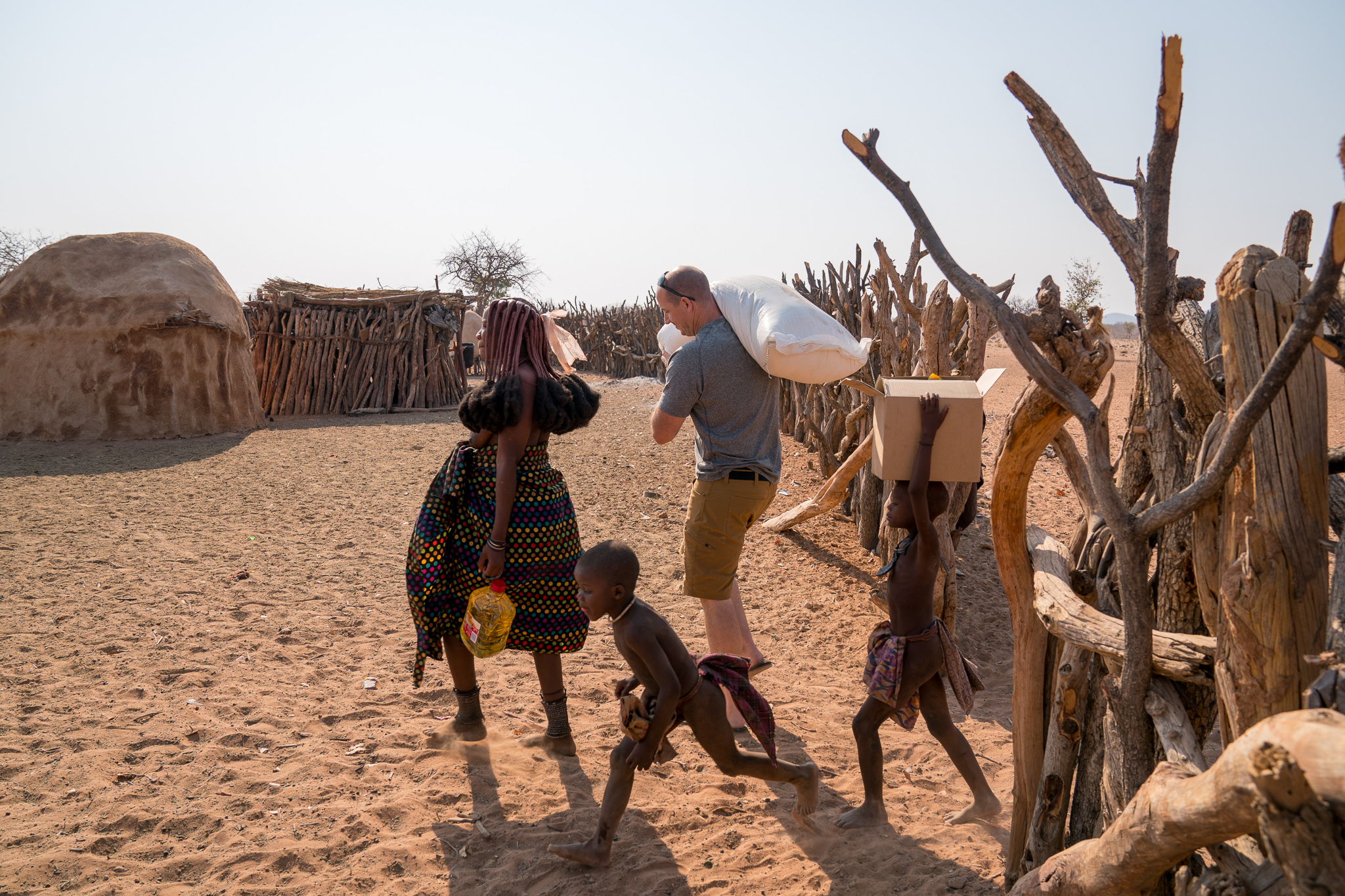
Colby Brown bringing our payment into a Himba village we visited. We bought food for the village based on their requests.
SELFIES
It is no secret that social media puts the focus on the individual. People are now personal brands. I would also argue that it has become cool to show photos of yourself doing altruistic things. Did you really volunteer if there’s no picture of you surrounded by 5-10 smiling (non-white) children, who are just so “happy even though they have nothing”? I am not only referring to the do-good stuff, but also just fun and out-of-the-ordinary travel experiences. Did you really eat a fried bug if there isn’t a video of you to prove it? Did you really saunter through the market if your friends and family don’t have visual proof? I am not saying this type of imagery is inherently negative, but I want to encourage us to think more about it.
Be careful what you pose with, and how you pose with it. Be respectful of religious sites, family businesses, statues and the like. The same goes for people. If you want a photo of yourself with local kids, ask yourself why. What is the photo about? If you’re in it, then well, at least partly, the photo is about you. I know you probably don’t view other human beings as accessories, so make sure that isn’t what you are accidentally communicating photographically.
I don’t think there is a hard line that says all of this type of imagery is problematic, I just think it is important to consider it. Having a photo of yourself in a place can be a wonderful reminder of your time there. I have lots of photos like this of myself. But I know looking back which ones were in good integrity, and which ones I took so I could later post them on Facebook. At the time, I might have told myself I was taking those photos with clean and clear intentions, but when I reflect back, I know it was just because I wanted to look cool and worldly. The only person who will really be able to tell is you, and you will know in your gut what feels right and what feels icky.
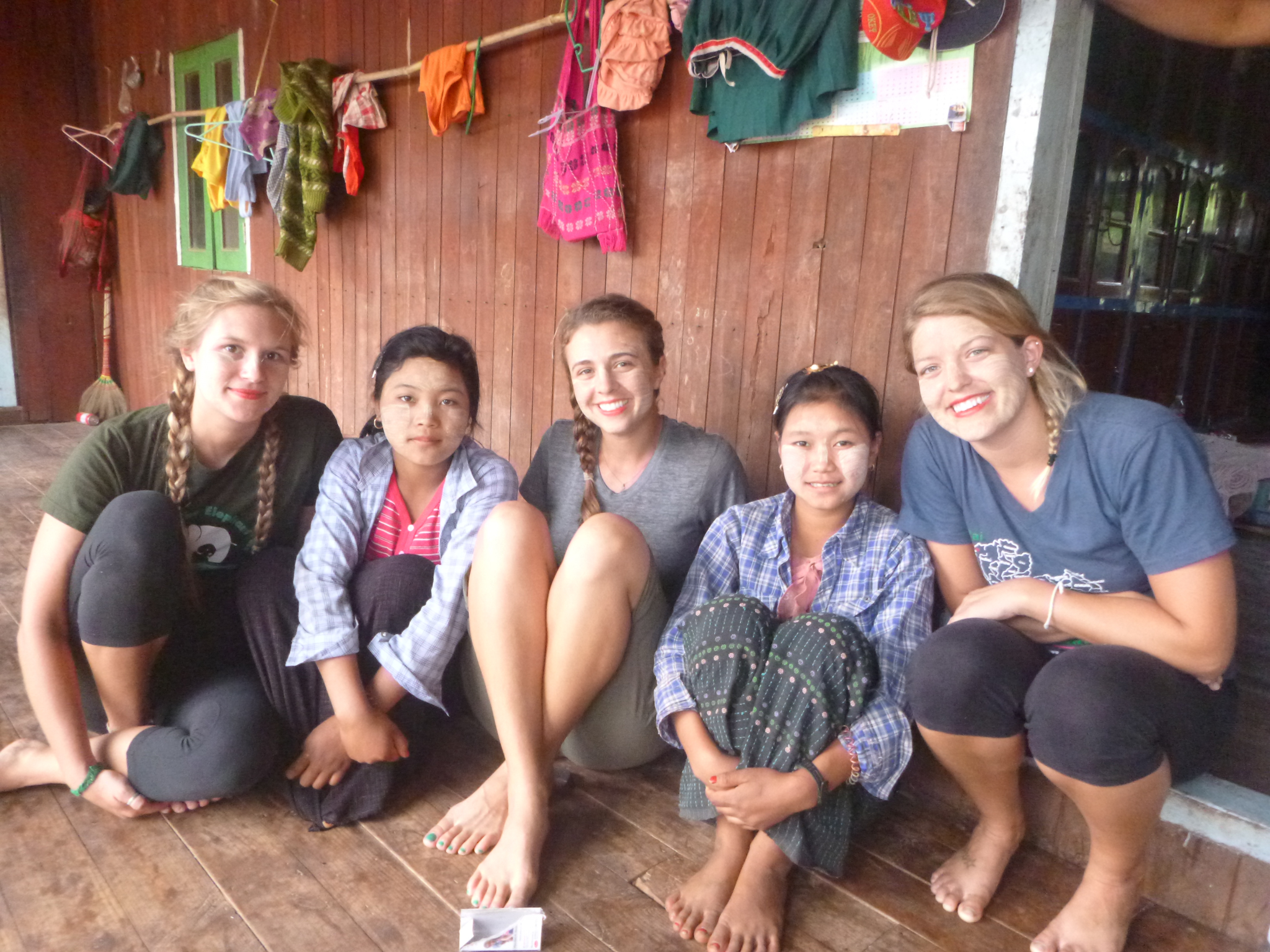
Vintage Erin. Here’s me and a couple of friends in Myanmar in 2014. We were hiking in the hills with a guide from a family business in Kalaw. These girls asked to do our makeup with thanaka (common for women to wear on their faces in Myanmar), and I didn’t feel weird about this photo being taken afterward. They were giggling and smiling, even though the girl on the left looks rather serious in this photo.
POST-PROCESSING
With powerful editing tools, we are able to easily change many things about a photo, from the color of the sky, to the scale of just about anything. A photographer’s editing decisions can transform an image to something much more impressive than it was as a RAW file. However, extreme editing of images can be misleading in certain scenarios. It is up to the photographer to decide what is acceptable.
When it comes to respectfully displaying culture through your photography, the amount of editing you do matters. Whereas I might get super creative with colors and lights/darks in my landscape images, I would never make any huge changes in a photo of a person where it mattered to their story. I don’t want to tell a story that was not true to how I saw it. Alternatively, I might edit an image heavily if the edit lends itself to the way I felt when I took the image.
One recent example of a choice I personally made in post-processing is in my images from visiting a Himba village in Namibia. I didn’t want to evoke a possible feeling of pity from the viewer, so I chose to Photoshop out a couple of flies and some stray stuff from my subject’s face and hair. Was it the right choice to make these edits? I’m not sure there is one. Here’s the before and after:
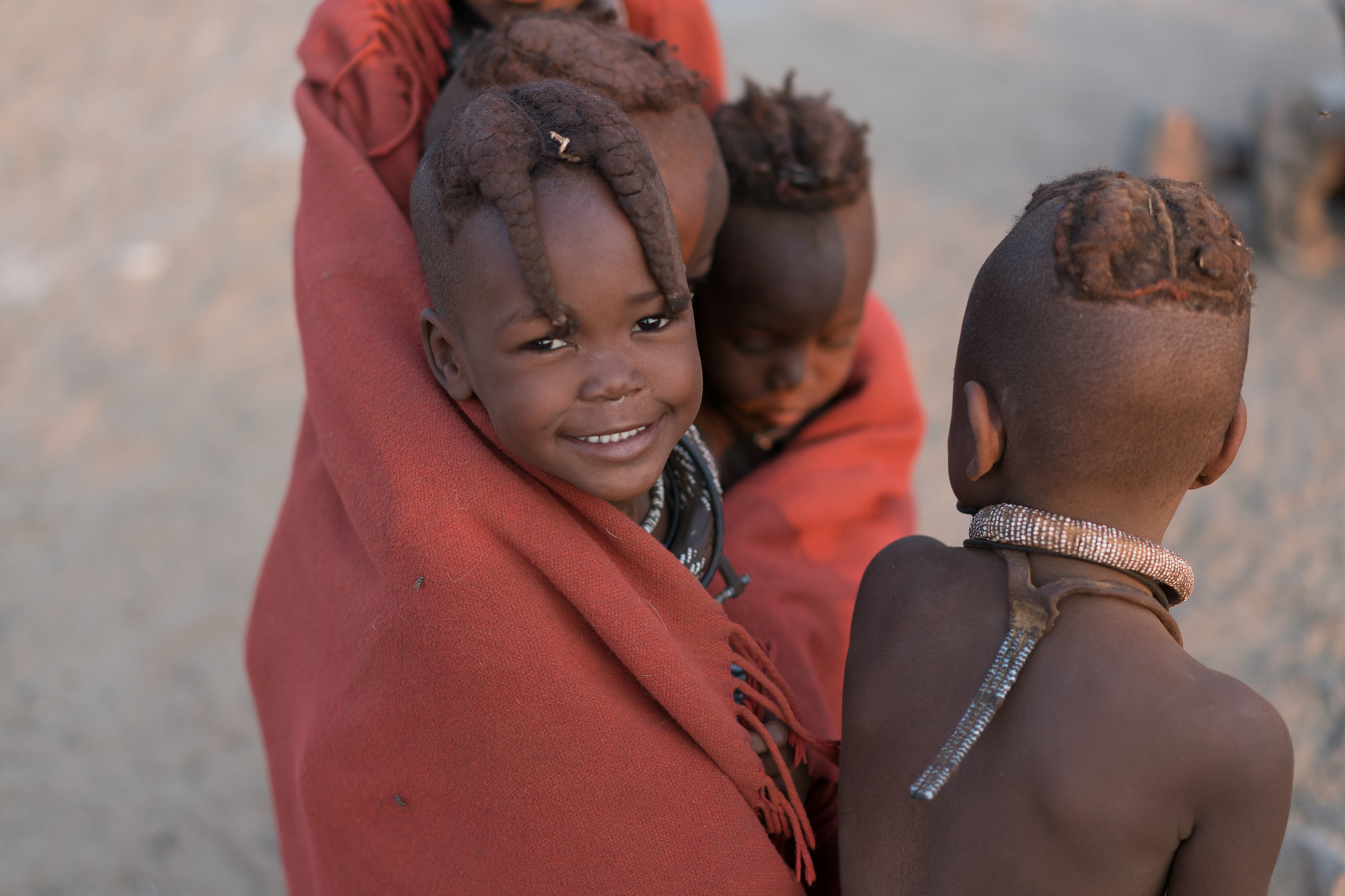
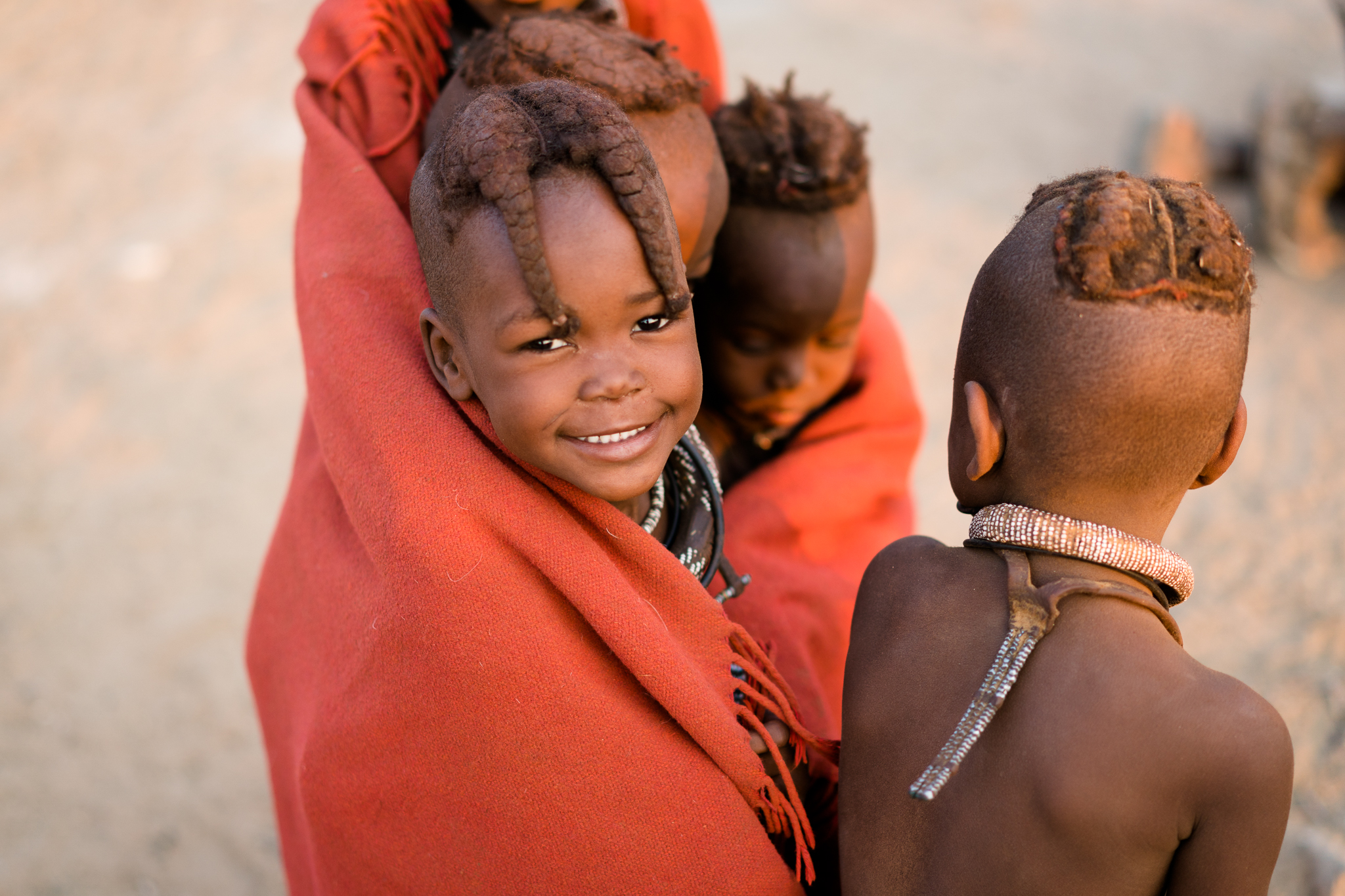
In another case, I changed the colors in the sky drastically. I liked this change stylistically, and I felt that the edit was consistent with how the scene felt in the moment. I posted this image on social media, and it’s likely that my audience assumed that these were the natural colors of the sunset that night. They weren’t.
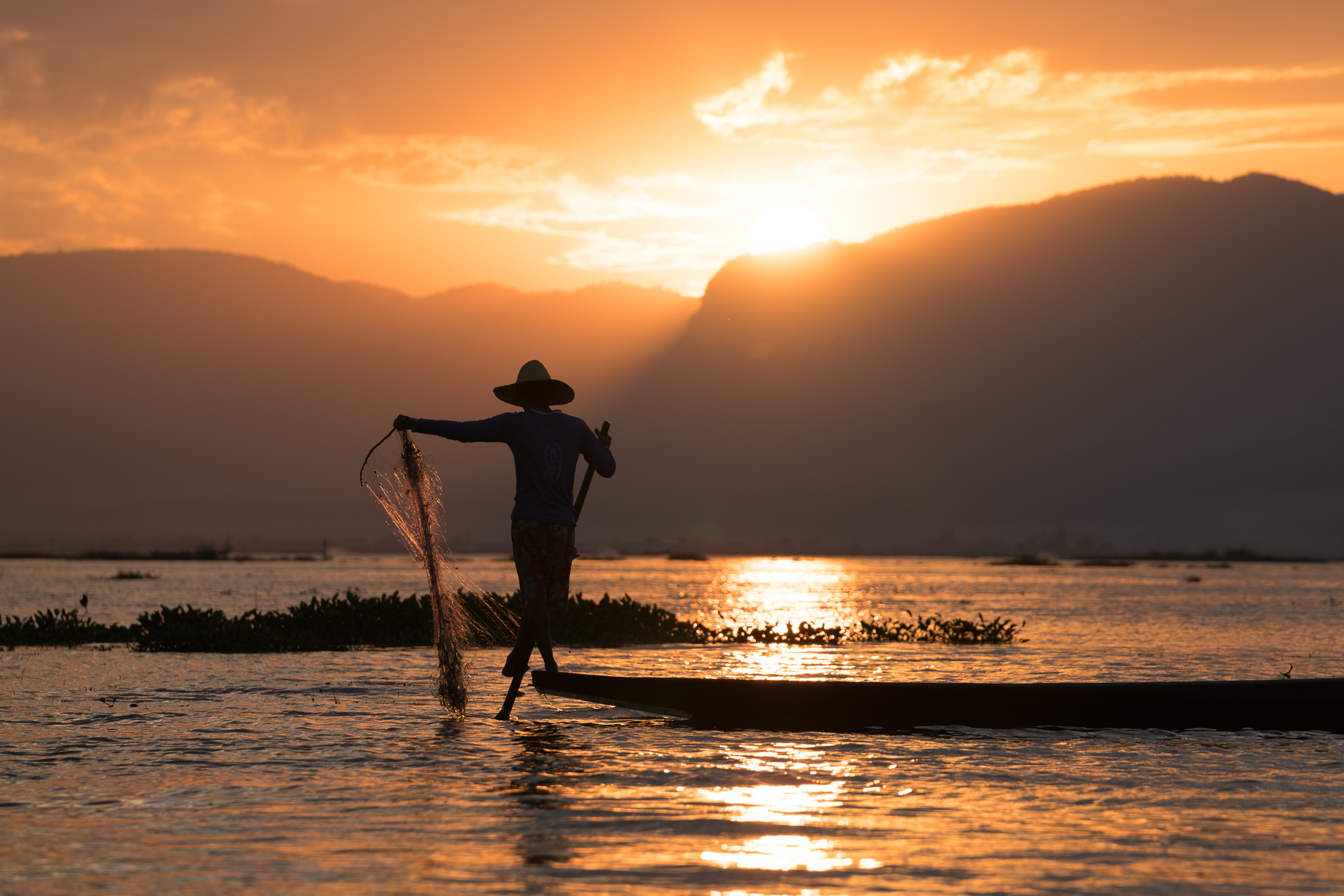

Editing is a stylistic choice. Personally, I usually do not like to stretch my images too far from the reality of how it felt being there, but “too far” is completely relative. Some photographers are digital artists too, and create mind-blowing fantastical composites of their images. I think these are completely valid (and beautiful) too. What are the limits of photo manipulation? Should an image only be allowed to portray 100% reality?
You may completely disagree with my post-processing choices here, and that’s OK. These decisions are up to the individual to make.
POSTING & PUBLISHING
Most of us want to share our work, but with the ease of sharing online, you don’t always know where your photo will end up, or what the ramifications of that might be. Here’s an example: the featured photo of this article. I had this woman’s permission to take her photo, but did she know it would be used in a blog post and that thousands of people would see it? I can’t be sure. And yet, I am making a conscious decision to use her photo because her pose and expression communicates discernment, something I want to convey in this blog post. Some people might not agree with my choice to use this picture of her here, and I would understand that.
In the outdoor community, it is common for people to get upset, and rightfully so, if someone posts a photo of a tent at the edge of a pristine alpine lake, or a photo of a hammock set up across fragile trees. Not only might these activities be harmful to the environment and prohibited, but the act of posting images like this on social media could mean that more people go to these areas and engage in these activities, which then creates a domino effect. Monkey see, monkey do.

I should be aware that if I post something on Instagram, someone else might emulate my behavior.
Once you post a photo, it departs the confines of your camera, computer and imagination and gets given to the viewer… and to the internet. You don’t have control over an image anymore after posting it on social media. Ask yourself what that photo will mean when it stands alone, without your words or experience or defense.
Think twice before posting a photo that oversimplifies a complicated issue or displays something out of context. I’m not saying it’s always wrong–– I am just saying it is worthy of your consideration.
If you have taken photos of an endangered species, especially one that faces a poaching threat, be sure to wipe your metadata. Poachers have been known to take advantage of the ignorance of tourists by using their geotags and metadata from their images to locate individual animals. Here is an excellent resource on removing metadata, compiled by photographer Olwen Evans and shared with me by Rob Moffett from Ongava Game Reserve.
It’s entirely possible that someone could unknowingly publish a photo that could identify someone breaking the law or doing something that could be seen as such by their government. Sometimes as the photographer, we get swept up in the moment and in our own excitement of documenting and creating, but something that seems arbitrary to us could heavily impact someone else.
INSPIRATION VS. COPYING
There are so many photographers that inspire me, and I follow most of them on social media. As with any art form, as artists, we’ll always be inspiring each other and drawing our inspiration from the community at least some of the time. Everyone does it, and it’s not like there are that many truly original thoughts, concepts or ideas in the world.
When is it OK to get inspired by someone, and when does that turn into straight up copying them? Where is the line? I think it is usually clear to see when an image is an exact copy, versus cases where someone may have been inspired by another photographer and shot the same location, or a different scene in a similar style.
I am all for inspiration, but much like plagiarism in writing, exact copying is never OK.
Personally speaking, there have been cases where I have noticed people taking my writing word-for-word, or certain phrases that I always use, and putting them in their Instagram bios or on their blogs. Usually these are folks who are aspiring bloggers or photographers themselves… and I do notice. If you copy another photographer, especially one you look up to, it does not reflect well on you.
Getting inspiration from someone else is fine… we all do it! And it is totally expected that we experiment with different styles, especially when starting out. But there is a line between inspiration and stealing.
SELLING & LICENSING
If you end up with the opportunity to sell your images, either as prints or by licensing the rights, congrats! It is exciting that people want to purchase your work.
If the photo in question is a portrait, and you do not have a signed model release, you will have to ask yourself if it’s in your integrity to license or sell a print of that photo, knowing the person in the photo will never see any of the money you made. They might never know you did it, but that doesn’t make it right.
On the other hand, selling a print of a portrait might mean your work is displayed in someone’s home or office. Maybe it’s a conversation starter. Maybe it touches someone and encourages them to see the world or research conservation issues. Maybe this is a stretch… but maybe it’s not.
If you plan to sell your photos from the beginning, I recommend making sure you can legally (and ethically) shoot at your proposed location, and that your models, if applicable, are fully informed and have signed something confirming their understanding.
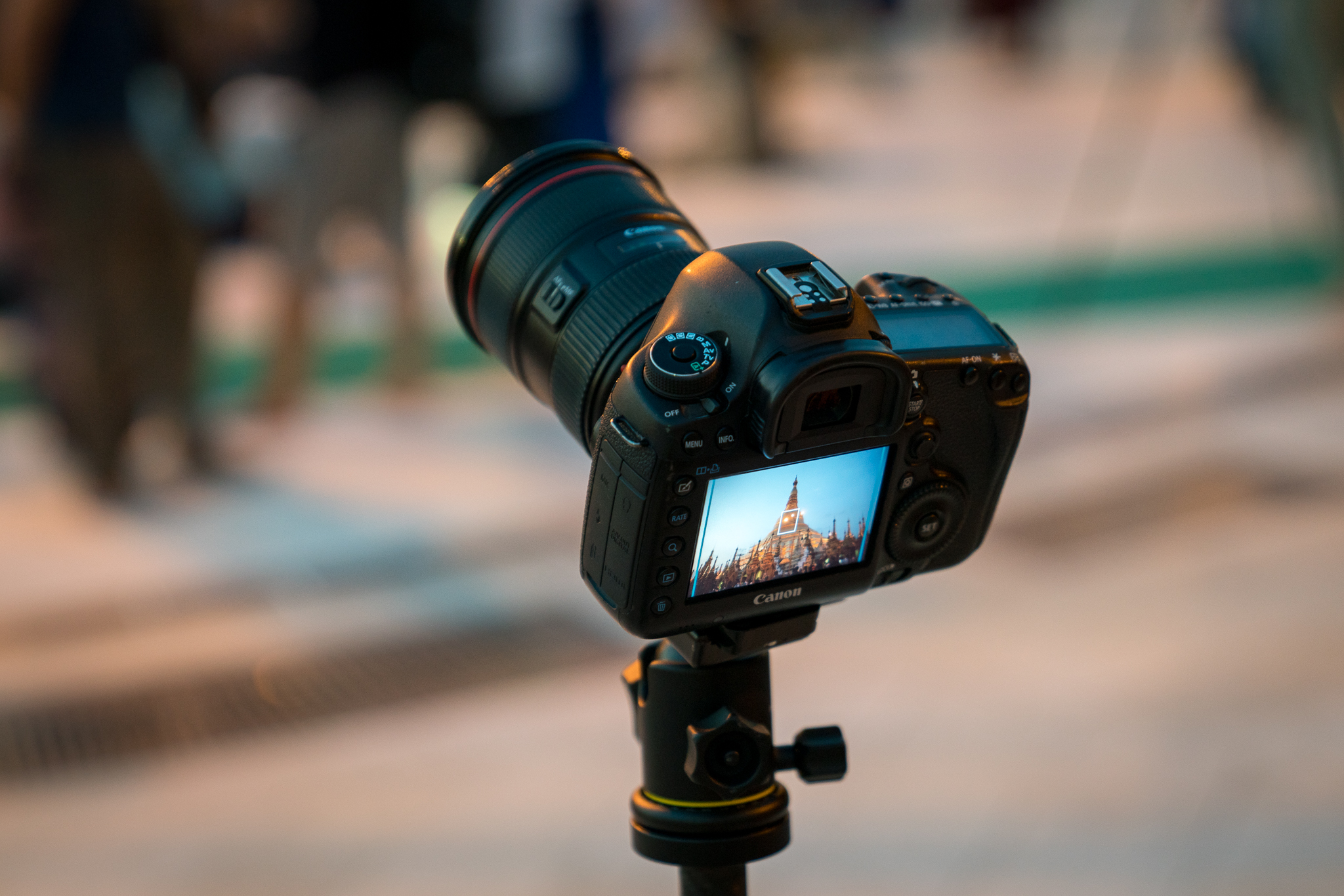
There are photographers I greatly respect with a wide range of opinions on everything I have discussed above. My opinions are not unique, but there are plenty of folks who oppose them, too. These can be incredibly controversial issues and are questions every individual photographer should ask themselves.
Any photographer can tell you that they have taken photos they should not have taken. Our stances on issues change over time. I am sure I have invaded privacy, and even exploited people for the sake of a photo, and that is both selfish and self-involved. If this happens to you and you feel as though you have overstepped a boundary, learn from it and apply that moving forward.
Photography is powerful. I have always believed that. As the photographer, you have moral and ethical responsibilities. By taking a photo, and by sharing it, you have the responsibility to preserve and communicate your subject’s dignity. Do not take this responsibility lightly. Like so much else in photography, travel photography requires being in tune with your intuition–– paying attention to what feels right and wrong, and using your intellect on top of that to question the implications of the photograph you are taking.
There is a lot to think about here, but it is all in the interest of being the best and most responsible photographers we can be. Hopefully by thinking through these topics, we can create impactful images that catalyze and promote positive change in the world.
This is a hefty topic, and I’m sure I left some things out that should be discussed. Let me know in the comments.
Feature photo of a Himba woman in Namibia in her village outside of Opuwo, taken with permission.
Please ignore this text box - Recoleta Font
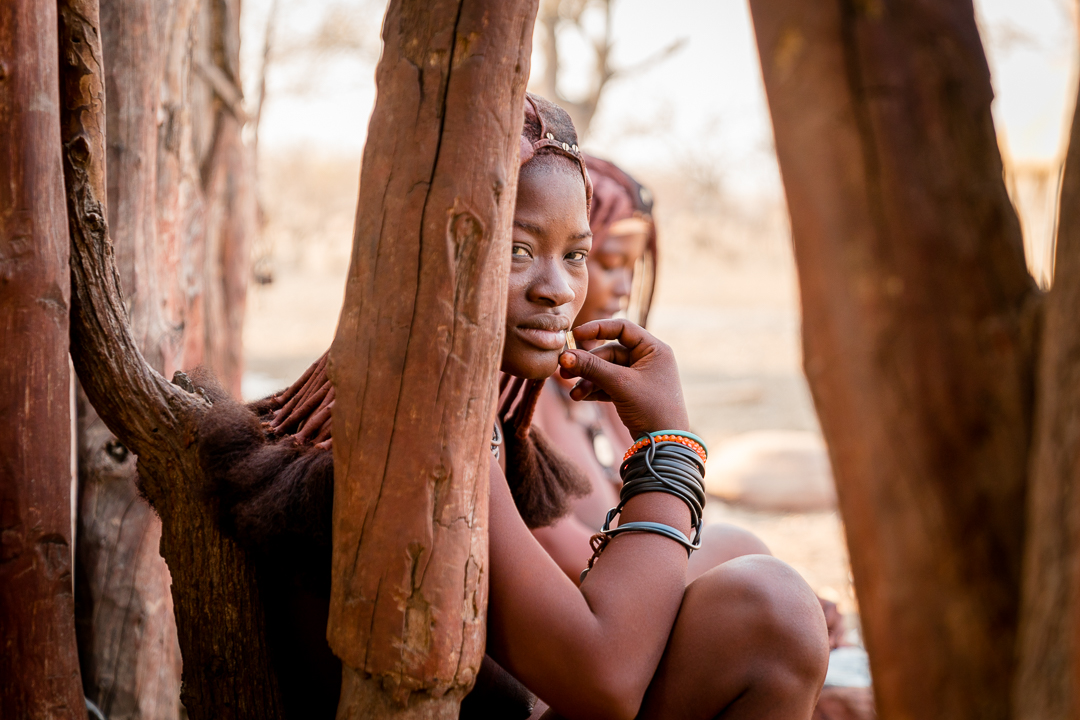
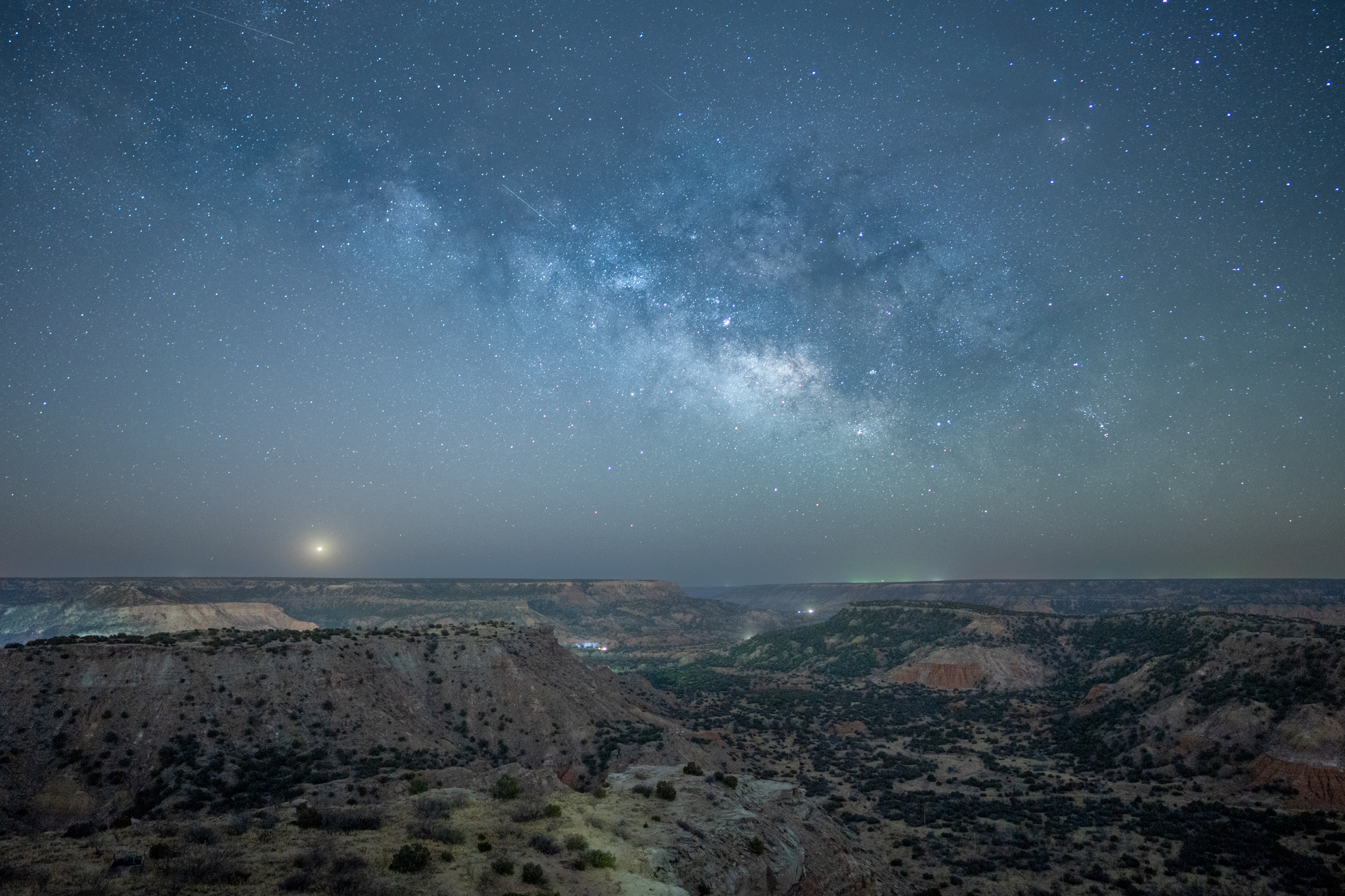


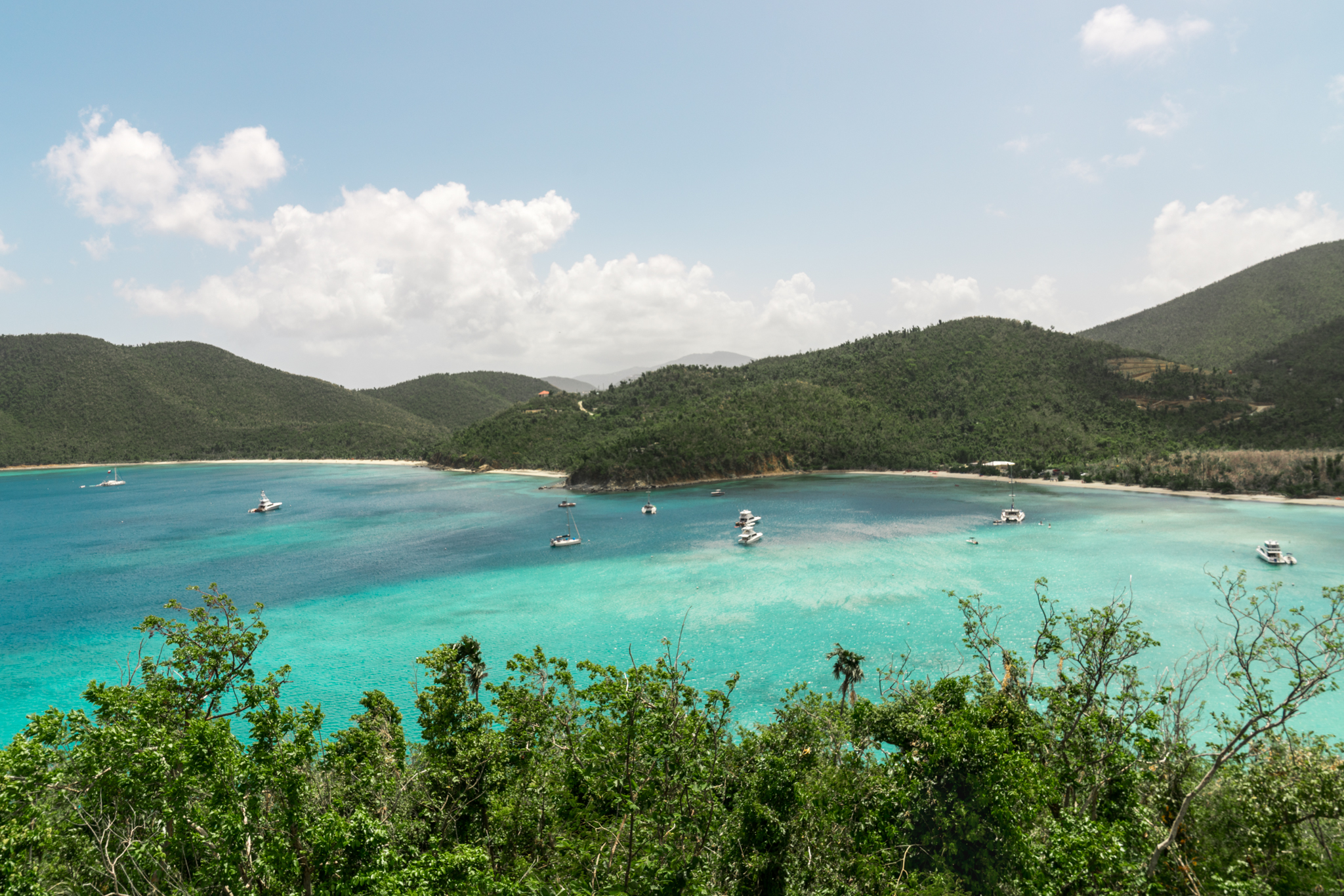
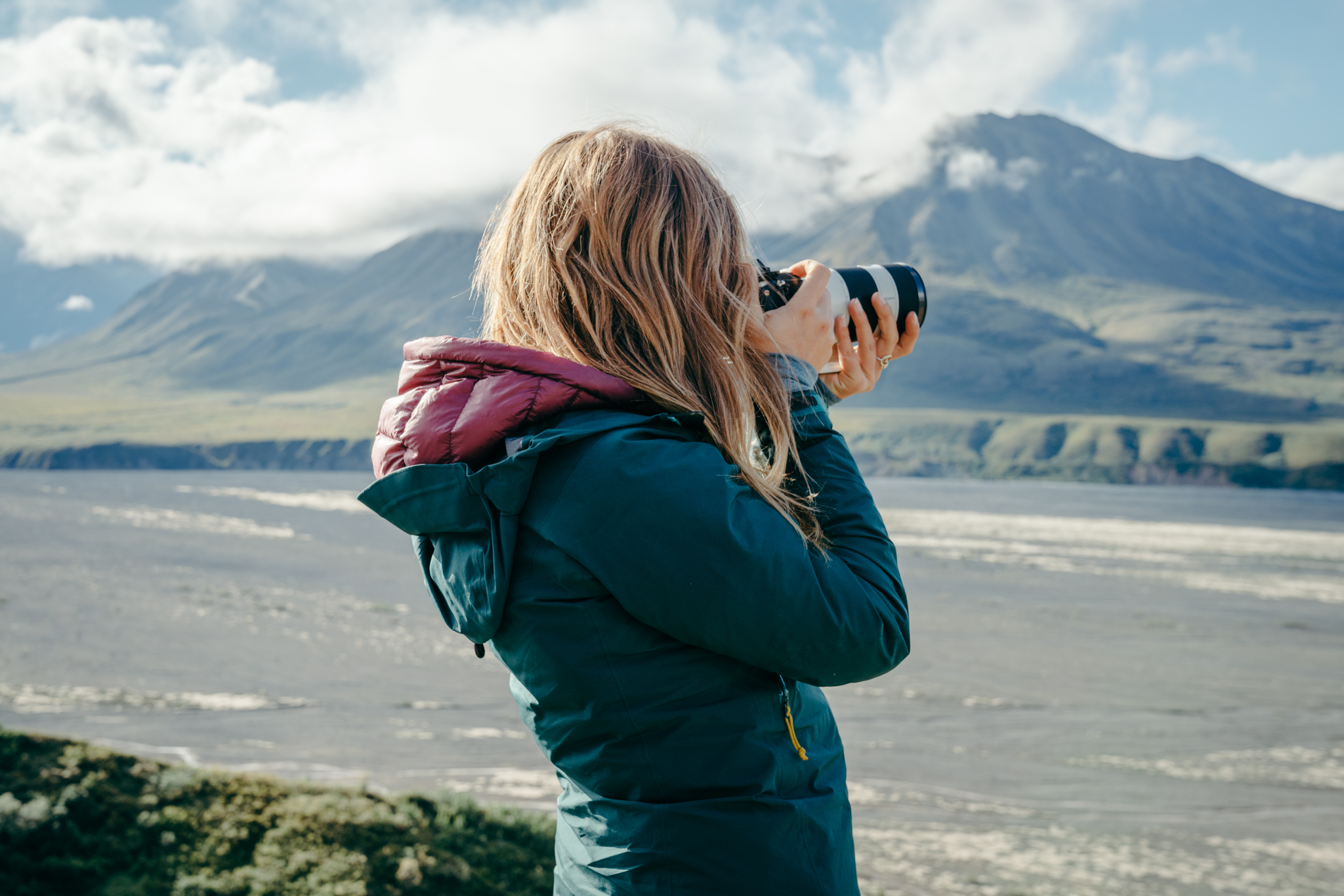
+ show Comments
- Hide Comments
add a comment